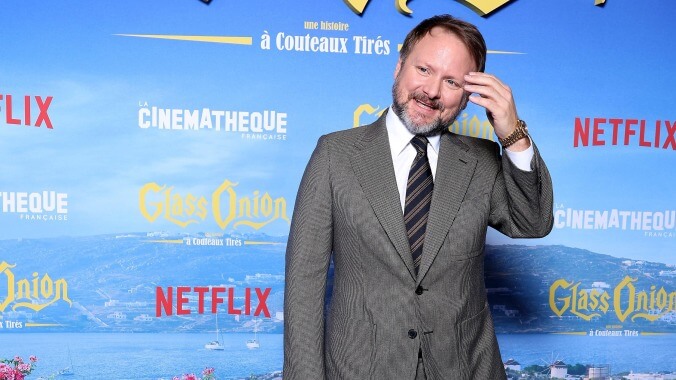Rian Johnson’s Glass Onion nearly shattered “a hundred times a day”
Directing a whodunit sounds like a nightmare. Thankfully, Rian Johnson knows what he's doing

Rian Johnson’s Glass Onion is exactly knotty whodunit Knives Out fans expect from the man who created both Benoit Blanc and porgs. Just as he did with the first film, Johnson makes the reveals, the fake-outs, and the mystery seem effortless. The thing glides, but it takes a lot of work to make it look so easy. We can only imagine how it felt every time Johnson shared the script with someone, hoping they didn’t point out some inconsistency that caused the whole thing to unravel. Luckily, we don’t have to imagine. In his chat for Variety’s “Directors On Directors” series, Top Gun: Maverick director Joseph Kosinski asked him what that was like.
Kosinski: The plot of Glass Onion is a puzzle. Does someone ever bring up a flaw in the logic that requires you, on the fly, to rethink?
